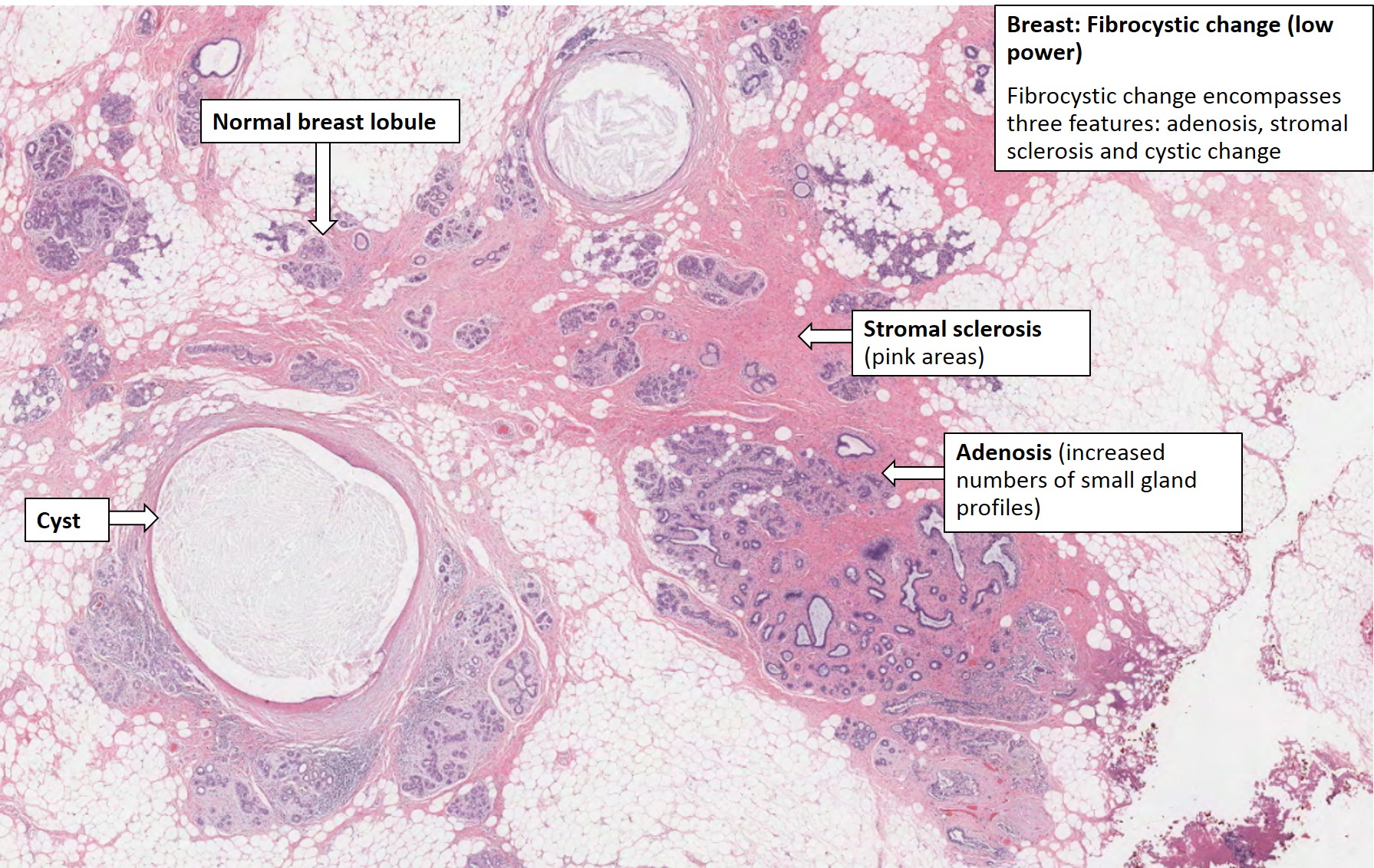

It is required in embryo implantation pregnancy maintenance, and the development of mammary tissue for milk production. Progesterone acts on the uterus, the mammary glands and the brain. Ovaries: Anatomy and progesterone Progesterone The major progestational steroid that is secreted primarily by the corpus luteum and the placenta.

Estrogenic chemicals include natural, synthetic, steroidal, or non-steroidal compounds. Estrogens stimulate the female reproductive organs, and the development of secondary female sex characteristics. Changes are stimulated by both estrogen Estrogen Compounds that interact with estrogen receptors in target tissues to bring about the effects similar to those of estradiol. Examination of the Breast are seen in up to 50–60% of women, most commonly between 30–50 years of age. The fibrocystic breast has a dense irregular, lumpy, bumpy consistency. There are three major patterns of morphological changes, including fibrosis, formation of cysts, and proliferation of glandular tissue (adenosis). Fibrocystic changes Fibrocystic changes A common and benign breast disease characterized by varying degree of fibrocystic changes in the breast tissue. These are non-proliferative lesions, which include cystic and fibrous tissue formation. The classifications are based on subsequent cancer risk in either breast.
#Fibrocystic breast changes management pro#
Students: Educators’ Pro Tips for Tough Topicsįibrocystic change of the breast is a non-specific term referring to several types of benign breast conditions Benign breast conditions Benign breast epithelial lesions are grouped histologically as nonproliferative, proliferative without atypia, and atypical hyperplasia.Maternity Nursing and Care of the Childbearing Family.


 0 kommentar(er)
0 kommentar(er)
